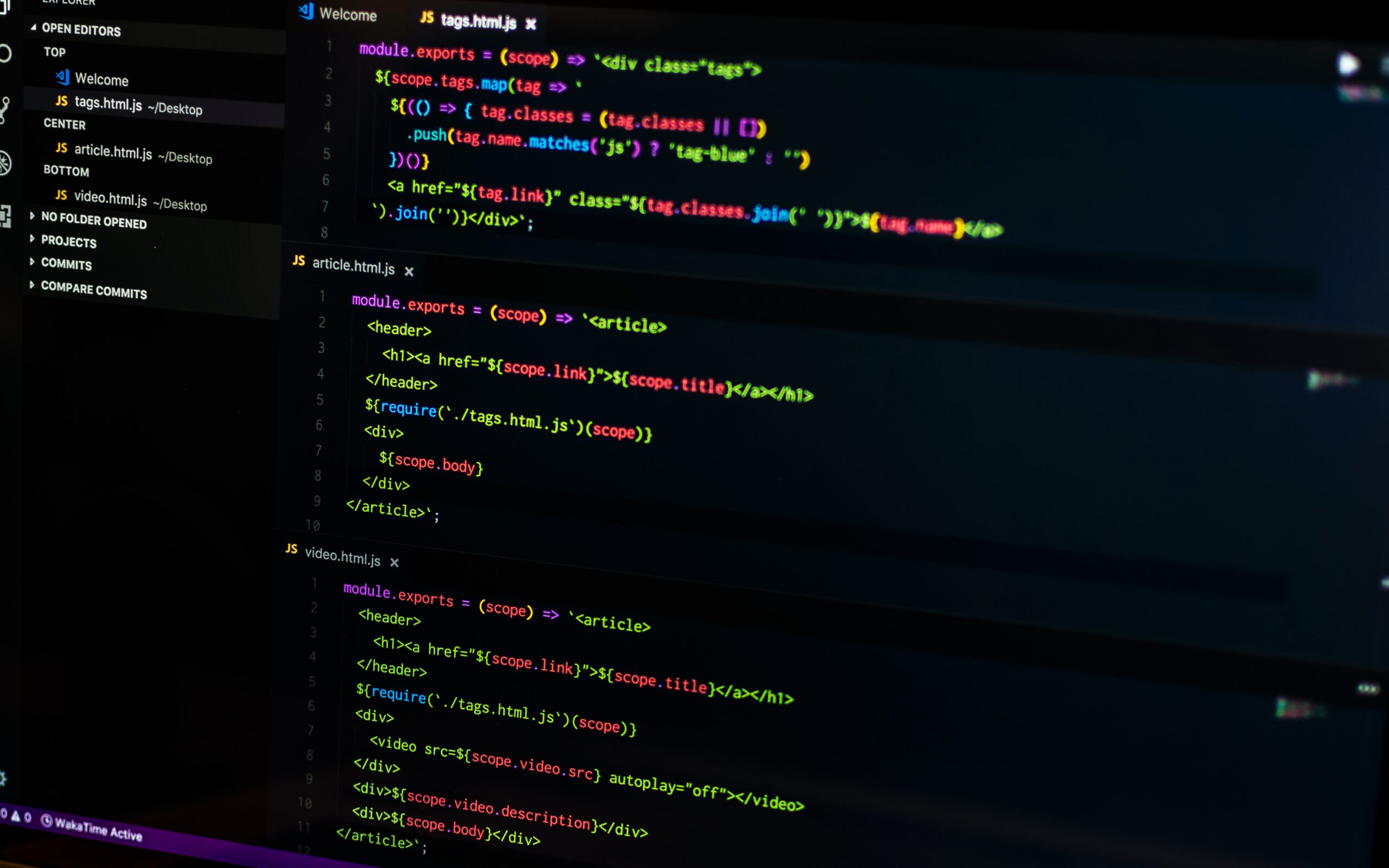Applying Functional Reactive Programming (FRP) concepts to software modules involves leveraging the principles of FRP to build modules that are more responsive, maintainable, and user-centric. Here are steps to apply FRP to software modules:
- Identify Reactive Components: Identify the components of your software module that can benefit from FRP. These may include user interfaces, event-driven functionality, real-time data updates, and asynchronous operations.
- Choose an FRP Library or Framework: Select an FRP library or framework that is compatible with your programming language and technology stack. Popular choices include RxJS (for JavaScript/TypeScript), RxJava (for Java), or libraries like Elm that incorporate FRP principles.
- Model Data as Observables: Begin by modeling your data as observables. An observable represents a sequence of values or events over time. This is a fundamental concept in FRP. For example, if your module deals with user interactions, create observables to represent user actions like clicks or keystrokes.
- Define Event Streams: Use event streams to represent sequences of events. Event streams are observables that capture user interactions and other asynchronous events. These event streams are the core of FRP and provide the basis for building reactive modules.
- Compose Operations with Operators: Apply operators to your observables and event streams. Operators allow you to transform, filter, and combine data in a declarative manner. For example, you can use operators to map user input to specific actions, debounce input, or filter events based on certain criteria.
- Declarative Event Handling: Write code that handles events and user interactions in a declarative way. Instead of writing complex event handlers with callbacks, use the FRP approach to define what should happen when events occur. This results in cleaner and more maintainable code.
- State Management: Utilize observables to manage the state of your software module. Whenever data changes, a new observable is created, allowing you to maintain the integrity of the state and track changes efficiently.
- Error Handling: Implement error handling using FRP principles. Define how your module should respond to errors or exceptional situations in a declarative manner, ensuring that your module remains stable and responsive.
- Modularize Code: Modularize your code by encapsulating related functionality in separate observables and event streams. This modular approach makes your code more organized and easier to maintain.
- Testing: Write unit tests for your FRP-based modules. FRP code is highly testable, and you can use testing frameworks to ensure that your reactive components behave as expected under various scenarios.
- Real-Time Updates: Leverage FRP to enable real-time updates and dynamic user interfaces. Implement features like auto-updating search results, live notifications, and interactive charts.
- Collaboration and Integration: Ensure that your FRP-based modules can collaborate with other parts of your application. Integrate them seamlessly into the overall software architecture while maintaining reactivity and responsiveness.
- Documentation: Document your FRP-based modules, explaining how they work and how other developers can work with them. Good documentation is essential for effective collaboration.
- Continuous Improvement: Continuously monitor and refine your FRP-based modules to improve their responsiveness and maintainability. Stay open to adopting new FRP techniques and best practices.
By following these steps, you can apply FRP concepts to your software modules and create more responsive, user-centric, and maintainable software. FRP provides a powerful paradigm for handling asynchronous events and data streams, making it a valuable addition to modern software development practices.

